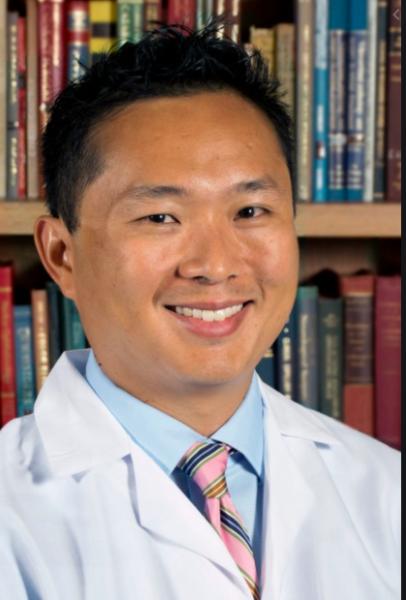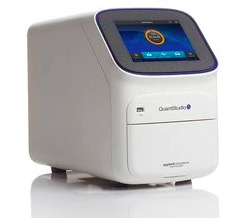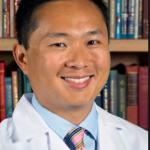
Our group recently studied the impact of the COVID-19 pandemic on New York Area residency programs during the time period in which New York City became the epicenter of the pandemic. We surveyed approximately 340 residency programs in the area during a 10-day period at the beginning of April 2020; in hindsight, this time represented the first peak of the pandemic in New York City.
We received responses from 91 residency program directors who were collectively responsible for the training of 2,306 resident physicians across 24 specialties. We sought to identify the number of residents infected with COVID-19, and we queried if certain specialties might be at higher risk for infection. We asked about the availability of personal protective equipment (PPE). In addition, we studied numbers of residents quarantined, as well as the numbers of residents redeployed to other services to help in the COVID-19 fight.
We found that 49% of program directors felt that their residents had had to work with suboptimal PPE, and almost half of all residency programs (45.1%) reported at least one resident with confirmed COVID-19 by RT-PCR testing. Overall, 101 resident physicians (4.4%) were confirmed COVID-19 positive. By comparison, ~1.5% of New Yorkers were confirmed COVID-19 positive during the same time period [~125,000 positive cases/8.4 million people. See: https://www1.nyc.gov/site/doh/covid/covid-19-data.page

A desktop RT-PCR system. ThermoFischer Scientific
Knowing that false negatives are a common problem with the RT-PCR tests, we also reported the number of residents who either had negative tests or could not obtain testing. An additional 240 residents fell into these two categories. Although most residents were not very sick, 2 were hospitalized, and 1 had care escalated to the intensive care unit (ICU). The pandemic had a significant impact on the availability of the resident workforce, as over this period, 16.8% of residents were quarantined due to symptoms or exposure to a symptomatic individual.
We have all become familiar with the sights of makeshift field hospitals in NYC, such as the tents set up in Central Park. As the ICU capacities increased dramatically to meet the demands of the pandemic, resident physicians were redeployed to help staff these ICUs, Emergency Rooms, and COVID-19 medical wards. In our study, 75% of residency programs reported at least one resident redeployed, and 27.3% of all residents were redeployed to work in services outside their specialty.
Prior to this study, there were anecdotal reports of certain specialties that may be at higher risk for COVID-19 infection. We studied the results from seven specialties with >100 residents represented in our survey and found that three specialties, anesthesiology, emergency medicine, and ophthalmology, segregated as higher risk. To many, the risks of anesthesiology and emergency medicine are self-evident – physicians in both specialties interact with aerosols during intubations, and emergency physicians also interact with a number of sick patients whose COVID-19 status is unknown. That ophthalmology was also a higher-risk specialty may be surprising to some, but not when one considers that ophthalmologists see a very high volume of patients at close proximity (<1 foot ) to patients’ mouths.
Our study is notable because it is one of the first to show the direct impact of the COVID-19 pandemic on healthcare workers, and it is also the first to study risks of infection by specialty. Other specialties, such as otolaryngology and dentistry, have been suspected of being at higher risk for similar reasons as discussed above, but our study did not have enough responses from these specialties to characterize their specific risk levels. Future seroprevalence studies of physician populations will shed more light on specialty-specific risks. The availability of PPE improved over the course of the survey period, and this coincided with a reduction in the number of new cases.
Our hope is that this study provides for other programs what we did not have during our initial peak in NYC: reliable information to help guide personnel and staffing decisions to ensure maximum safety for both residents and patients.
# The academic version of this article was published in the Journal of Clinical Investigation. Also, you can read an interview with Dr, Chen about how he repairs torn retinas using laser surgery here.



